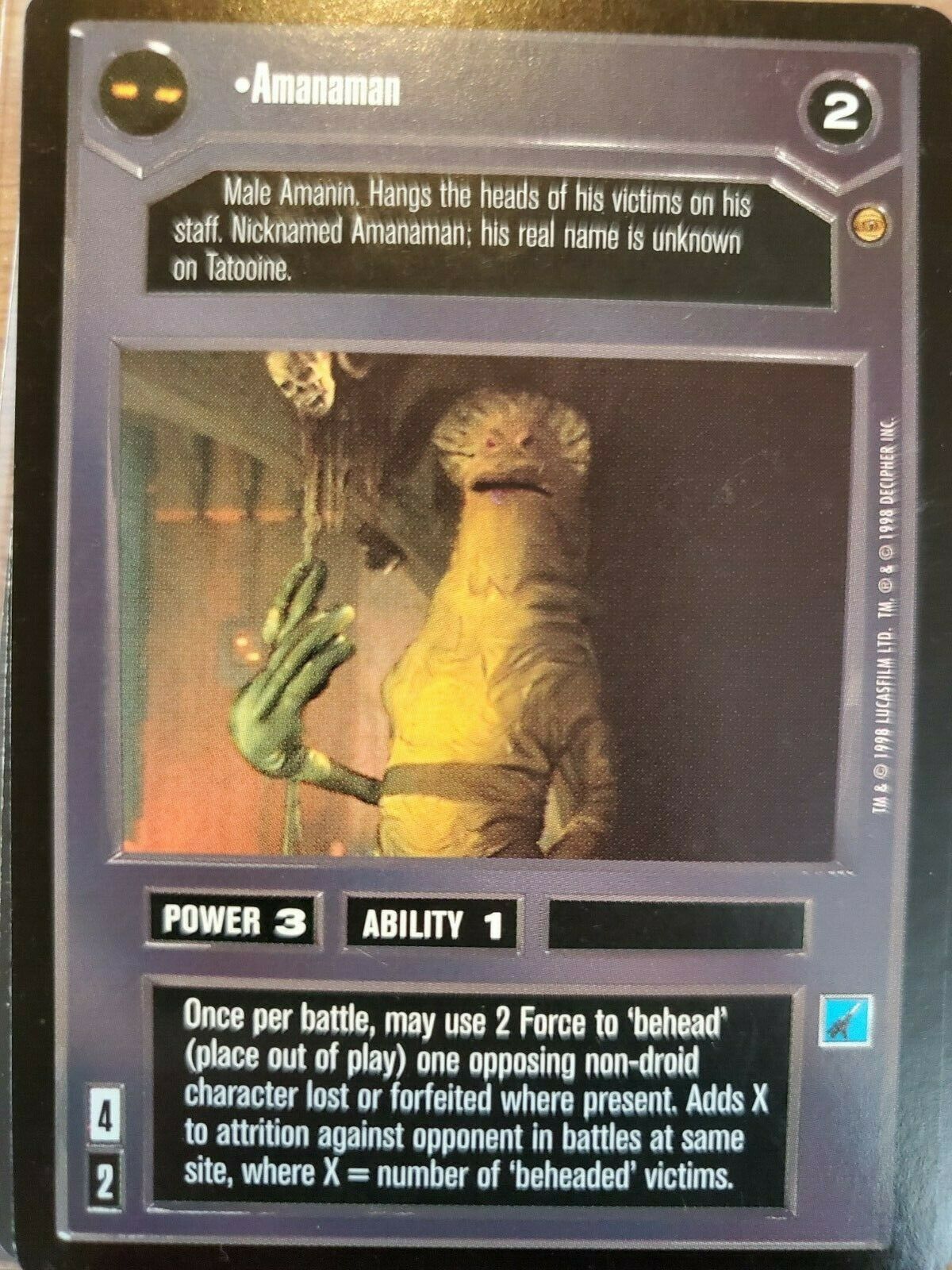-40%
The 1979 Warriors Movie Wall Hanging Plaque {8.5"×11"}
$ 9.5
- Description
- Size Guide
Description
The 1979 Warriors Movie Wall Hanging Plaque {8.5"×11"}.Ships With USPS Priority Mail.
*Can Take Up To 3 Days To Make & Should Be Sent Out At The End Of The Third Day. I Do Not Have The Plaques Pre Made. I Prefer Not Having Them Sit Around Until Purchase. They're Made At The Time Of Purchase, This Way I Can Ensure You'll Receive Your Plaque Newly Made. When Your Package Is Sent Out You Will Receive A Message Providing The Date & Time Of Drop Off. Thank You For Viewing This Listing. *
☆MOVIE INFO:
~ A turf battle between New York City street gangs that rages from Coney Island to the Bronx. The Warriors are mistakenly fingered for the killing of a gang leader. Soon they have every gang in the city out to get revenge and they must make their way across the city to their own turf.
~ Release date:
February 9, 1979 (USA)
~ Director:
Walter Hill
~Featured Song:
Theme From "The Warriors"
~Screenplay:
Walter Hill & David Shaber
☆ Remember The Warriors:
Behind the Chaotic, Drug-Fueled, and Often Terrifying Making of a Cult Classic The D, F, N, and Q trains all converge atStillwell Avenue near the southernmost tip of Brooklyn. Visitors are funneled through the newly polished Coney Island Terminal, past the growing line of souvenir shops, until they are shot out toward the bustle of Surf Avenue and Bowery Street. The boardwalks iconic Wonder Wheel spins lazily behind Nathans Famous, the 99-year-old hot dog joint, which serves as something of a welcome center for those seeking the winding row of amusements that line the beach. Amid the refurbished boardwalk and laughter of children, its easy to forget that Coney Island was once a place where tourists did not venture. For much of the latter half of the twentieth century, street gangs dominated this neighborhood. They ran rampant through the areas neglected housing projects, tearing along Surf and Neptune avenues toward West 8th Street. Those gangs, or gangs like them, and that incarnation of Coney Island would form the backbone of author Sol Yuricks 1965 debut novel,The Warriors, about the young members of a street gang. More than a decade after the novels publication it would be optioned and, eventually, turned into a major motion picture of the same name. Shot almost entirely on location in the streets, trains, and subway stations of New York, the film was released with great fanfare and controversy and, to this day, maintains a rabid fan base around the world. In the last decade it has enjoyed a new relevance as an oft-referenced pop-cultural touchstone with the release of various comic books, video games, and modernized action figures, thrilling old fans while picking up new ones along the way. Because whileThe Warriorsis in many ways a fantastical journey more spaghetti western than cinma vrit it nonetheless portrayed something true about Coney Island, the five boroughs, and America at that time. In the Seventies, when Coney Islands first low-income housing complex, Carey Gardens, was built, there were gangs that ruled nearly every neighborhood in New York. They were born out of the street crews and underserved ghettos of the Fifties and Sixties. During the crack epidemic of the Eighties, the gang situation would go from bad to worse, but the five boroughs were already reaching record highs in homicide rates. By the timeThe Warriorswas in production in the summer of 1978, an atmosphere of danger hung menacingly over the city. In the ensuing three-plus decades following the films release, New York City, on many levels, has become virtually unrecognizable from the gritty version portrayed (realistically, at the time) in the film. Perhaps because of this, the film has, over the years, earned the sometimes dubious status of cult classic. By the time the film was set to hit theaters, in February of 1979, gangland America had become a powder keg ready to explode. But for the first time, a film did not seek to explain away gang violence, nor rationalize its existence through bourgeois social theory. Instead,The Warriorsattempted to present the experience of Americas downtrodden youth as it was, with no moral judgment. With film and literature on street gangs there tends to be two different voices, two different kinds of views, says Sudhir Venkatesh, a professor of sociology at Columbia University and author ofGang Leader for a Day: A Rogue Sociologist Takes to the Streets. He usesThe Warriorsto teach one of his courses. One is the social problems: Why are these kids in this and how do we get them out of it? The other one is the idea of looking at street gangs as modern-day knights that [they exist] out of this purported universal need for men to defend their group. I putThe Warriors aesthetic vision in that camp. In the modern-day city, this is valor. For many troubled young people,The Warriorswould mean seeing a part of themselves reflected onscreen for the very first time, the films director, Walter Hill, tells theVoicetoday. Our film doesnt say everyone is supposed to be a lawyer or a doctor or something, he says. The movie sees gangs as a defensive alignment in order to help you survive in a harsh atmosphere. On September 13, members from the cast some of whom went on to long Hollywood careers, others of whom never acted again will reunite on Coney Island for perhaps the last time. Some 36 years after the movies release, the actors will celebrate the legacy of a project that was almost derailed by personality conflicts, a near-impossible filming schedule, and the real-life gang violence that plagued New York City at the time of production.












